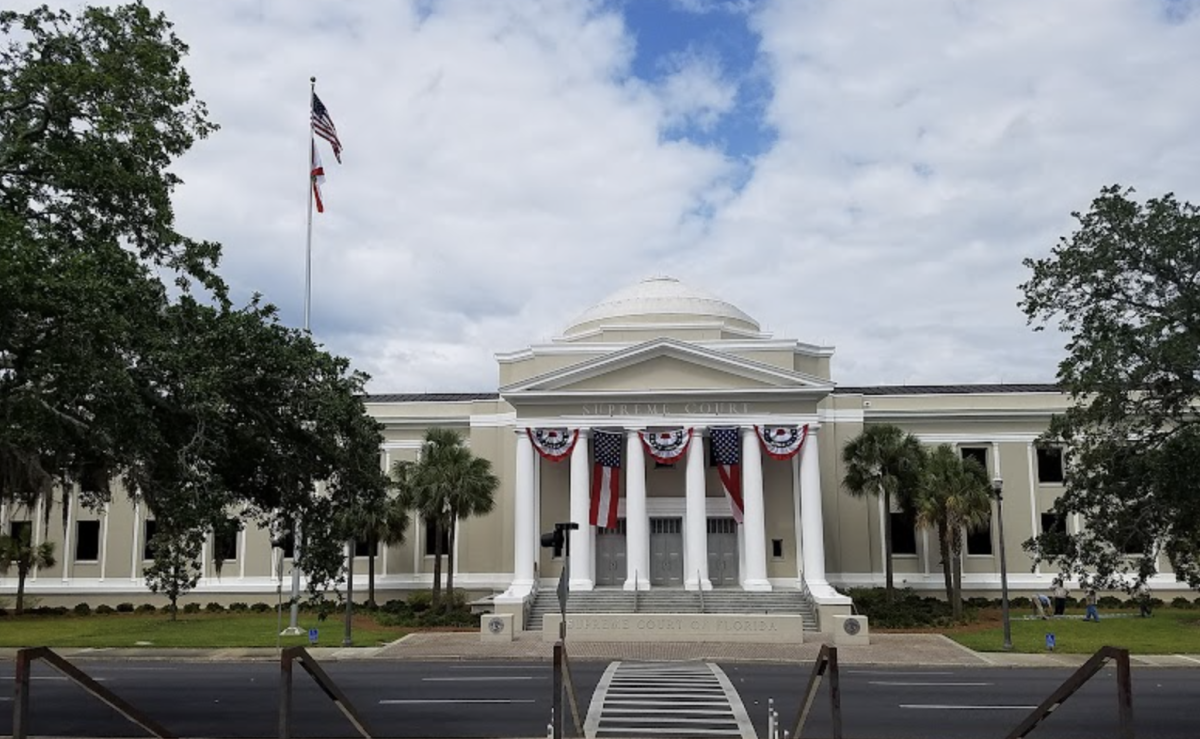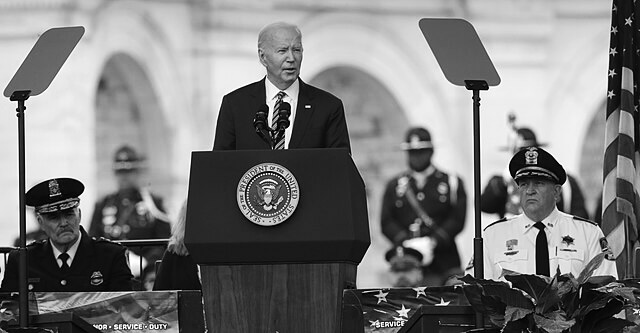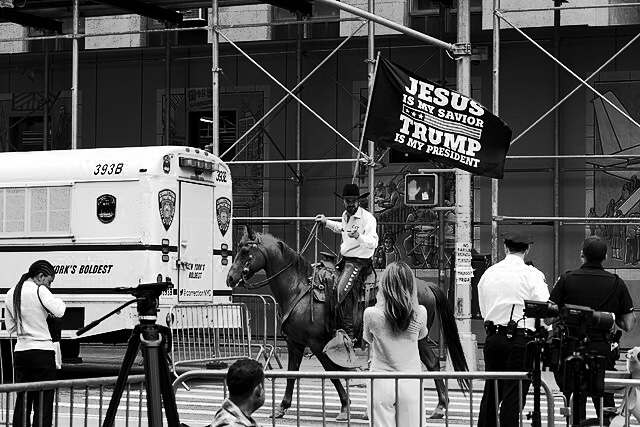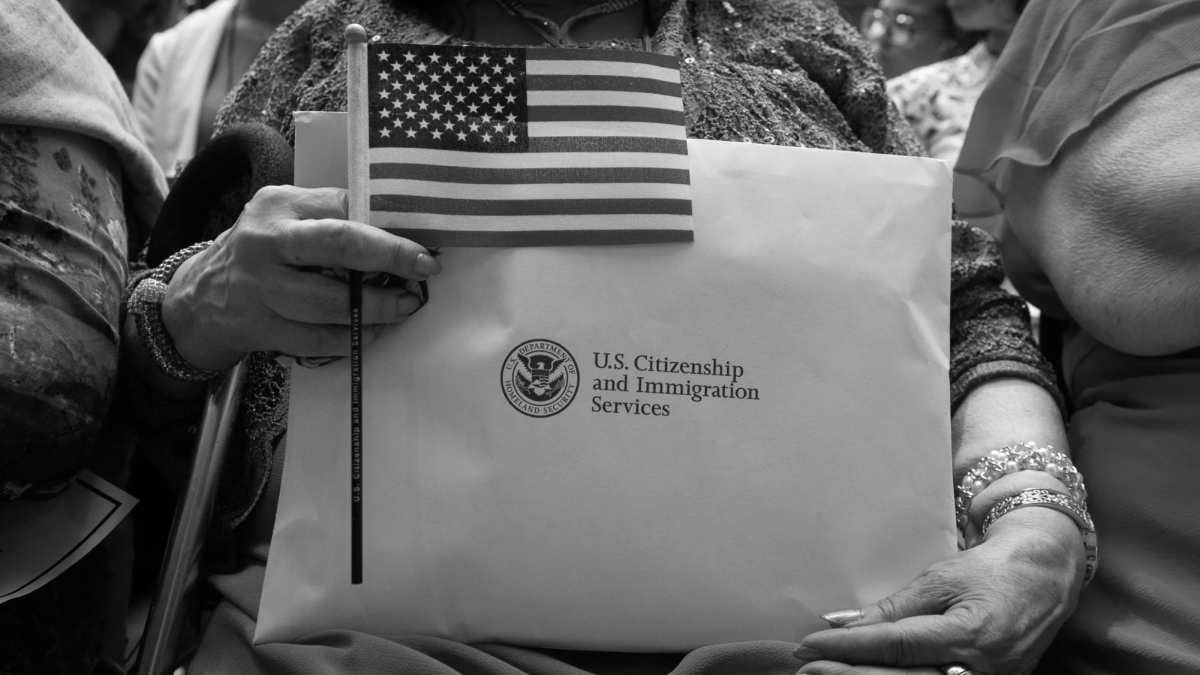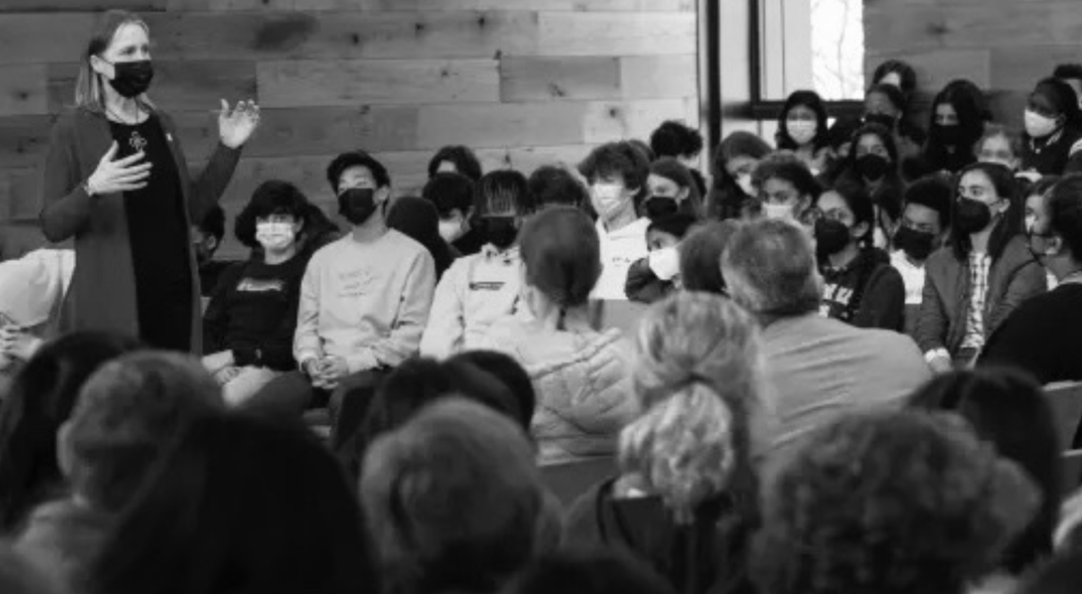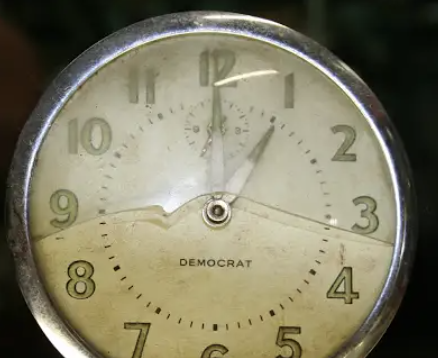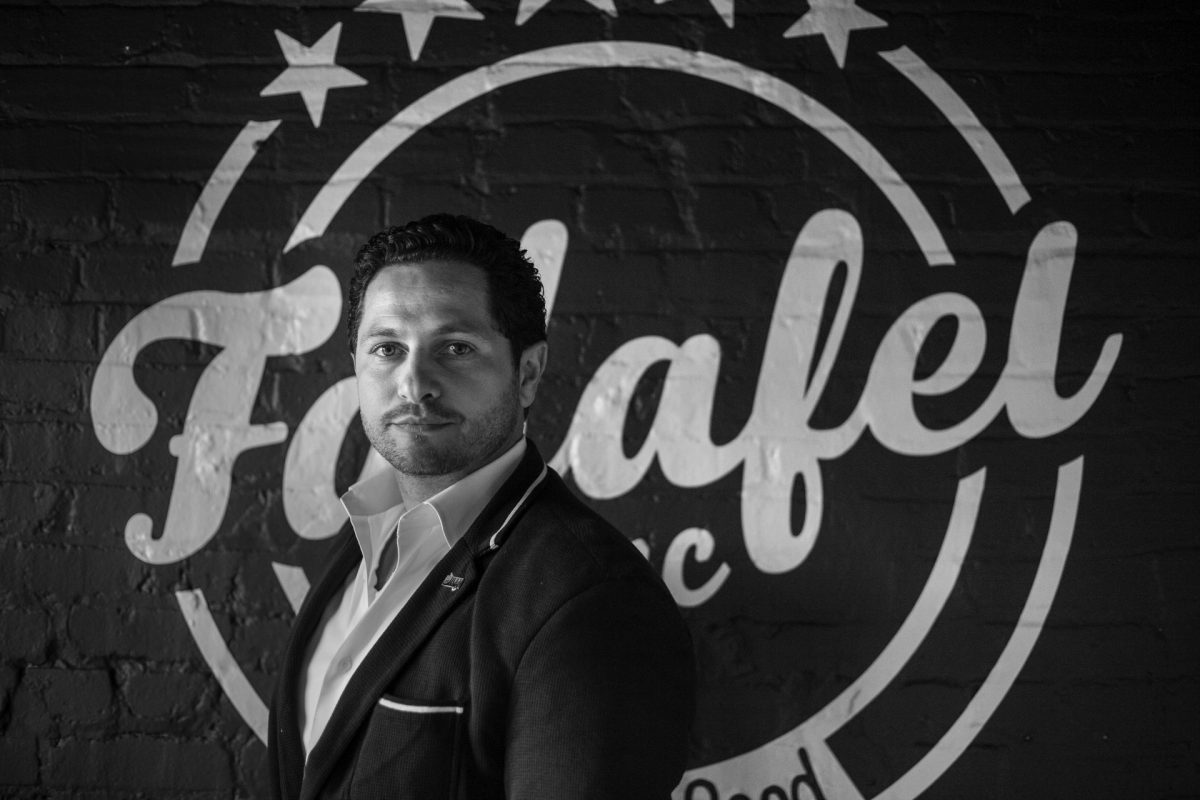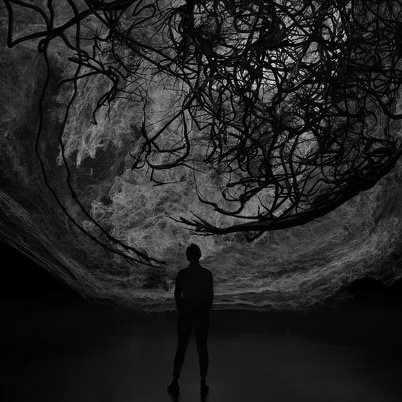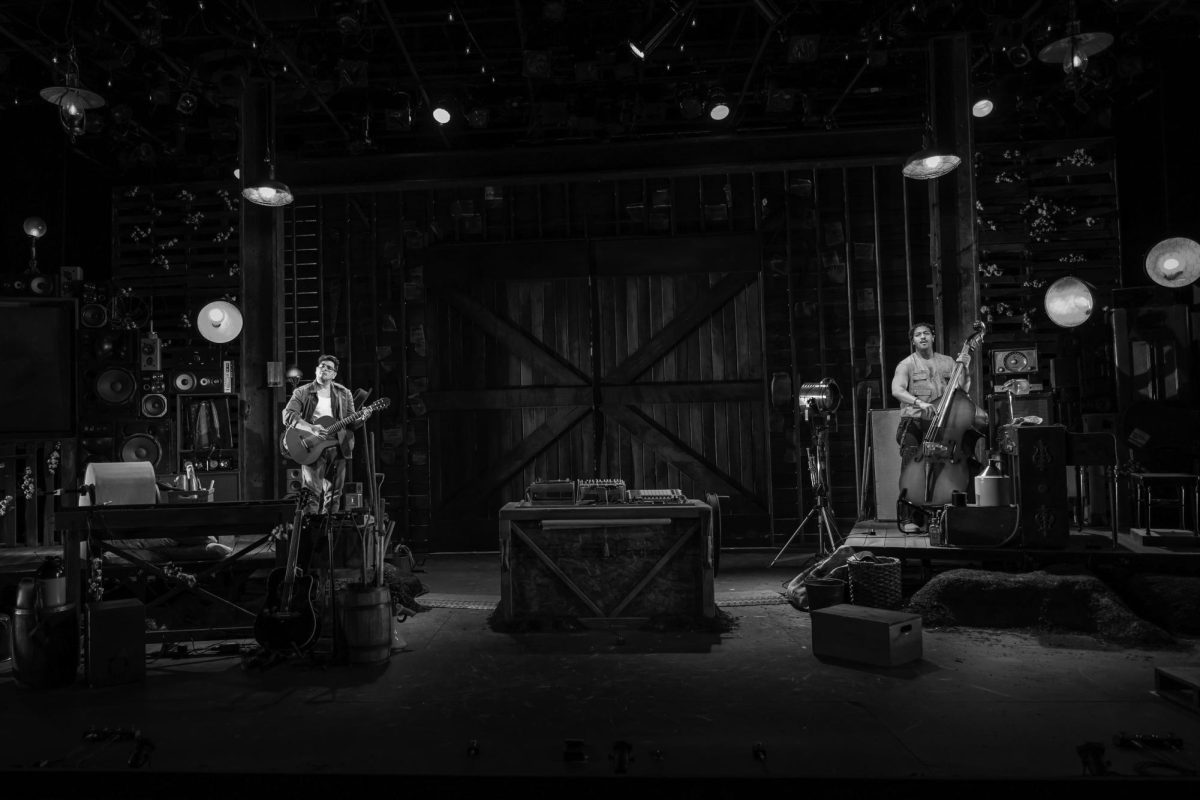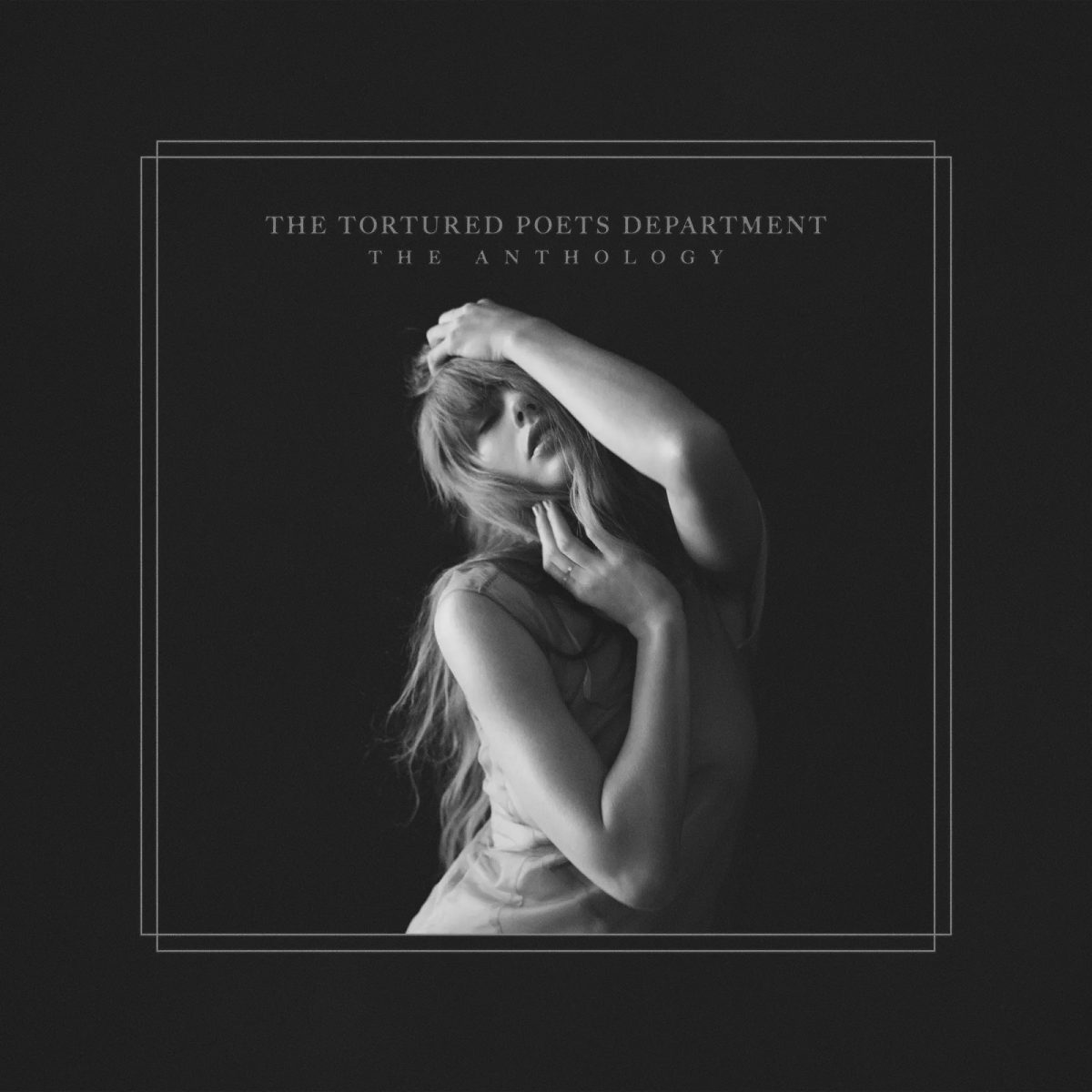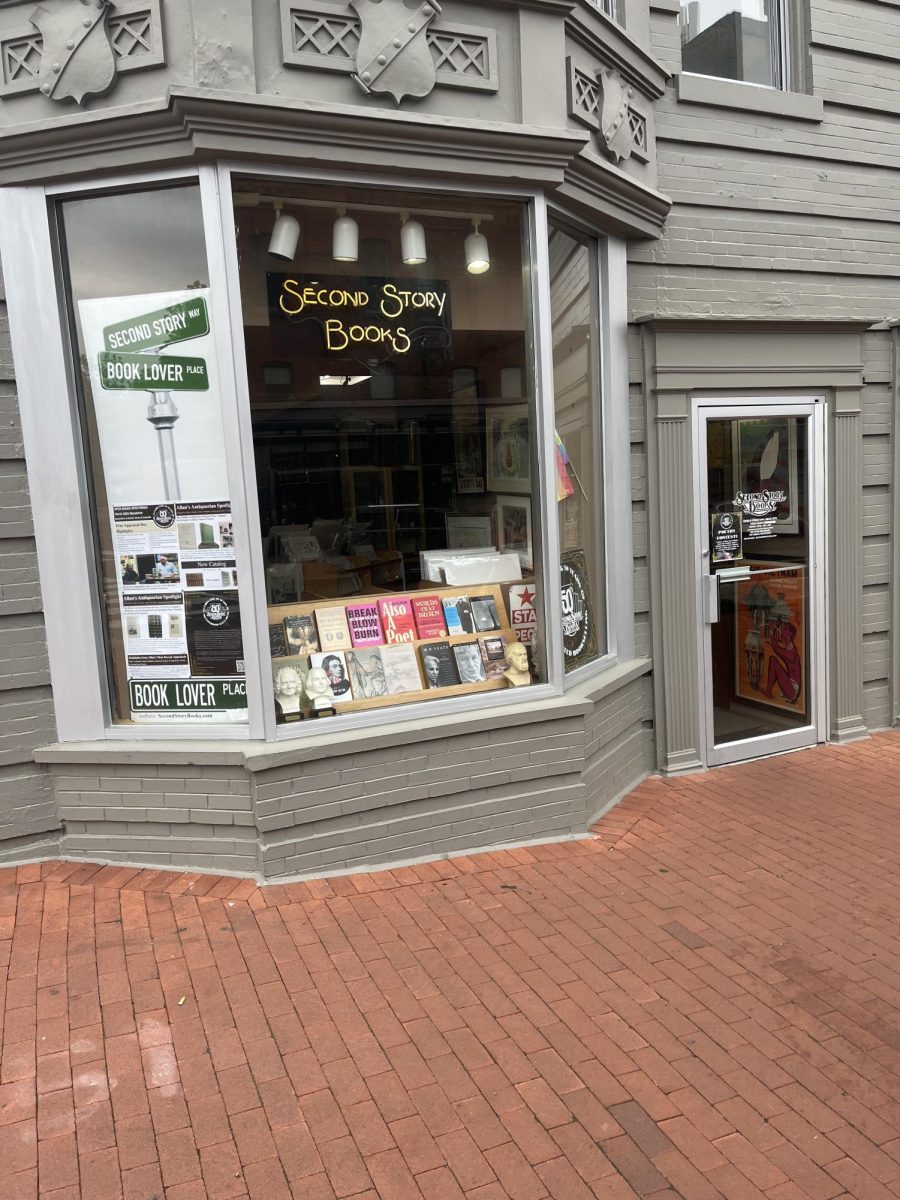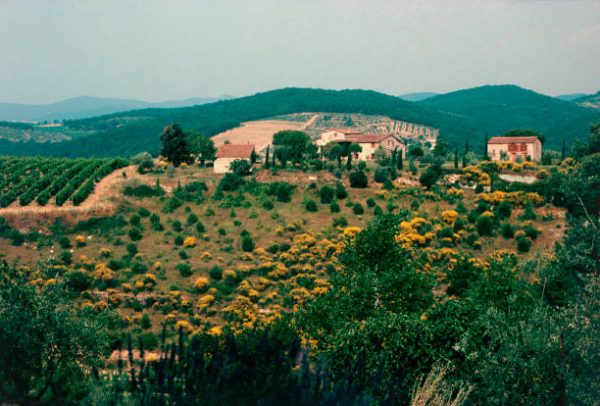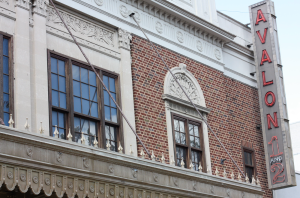Sidwell Students Celebrate Fall Cultural Traditions
Autumn is an important season across cultures. From the retreat of monsoons to browning leaves, it represents a time of change. Even toward the equator, where countries experience less seasonal variation, fall coincides with harvests.
Many cultures create traditions during times of change and uncertainty, be it sacrifices to keep harvests bountiful or myths to explain why the winds grow colder and the trees lose their covers.
During the season, many Jewish students at Sidwell celebrate religious holidays like Rosh Hashanah and Yom Kippur. These holidays embody many cross-cultural elements of autumn traditions, such as change.
“Rosh Hashanah is like you’re starting over,” sophomore Elle Ludwin said, who explained that the holiday represents the Jewish new year, a time to celebrate the creation of the world.
“Yom Kippur is more sad and Rosh Hashanah is more celebratory. People will often celebrate by having big brunches and eating amazing food,” Ludwin said.
They also noted that along with a day of fasting for Yom Kippur, there are often services to honor dead family members. Still, to many, these days of contemplation and mourning hold value and depth.
Ludwin noted that for many in the Jewish community, “Yom Kippur can be very peaceful,” with an emphasis on time for meditation away from distractions such as phones.
Other cultures also have autumn traditions that center on coping with the loss of a loved one. Special celebrations allow mourners to commemorate those who have died in ways unique to their cultures.
Día de los Muertos, also known as Day of the Dead, is a holiday celebrated in Mexico and across some countries in Latin America. The Nov. 1 holiday is a day of remembrance for honoring family members who have passed.
Celebrations might include displaying items that are reminiscent of deceased family and friends.
“Marigolds are set all throughout the streets and public spaces and are supposed to guide the relatives back to connections with friends and family,” senior Alexandra Saavedra said.
However, celebrations can vary across Mexico and even between different households. Each family has customary foods that are served and traditions that are performed.
“In Mexico City, there is an annual parade where people dress up in colorful clothing and paint skeleton masks or face paint,” Saavedra said.
Though Día de los Muertos celebrations differ by region, unifying cultural beliefs exist. In many other cultures, death is seen as something to be avoided and feared. Across Latin America, however, the celebrations of Día de los Muertos reveal a celebratory outlook.
“People outside the culture may think of death as grim, but it can actually be very light-hearted and joyous,” Saavedra said.
Your donation will support the student journalists of Sidwell Friends School. Your contribution will allow us to purchase equipment and cover our annual website hosting costs.






